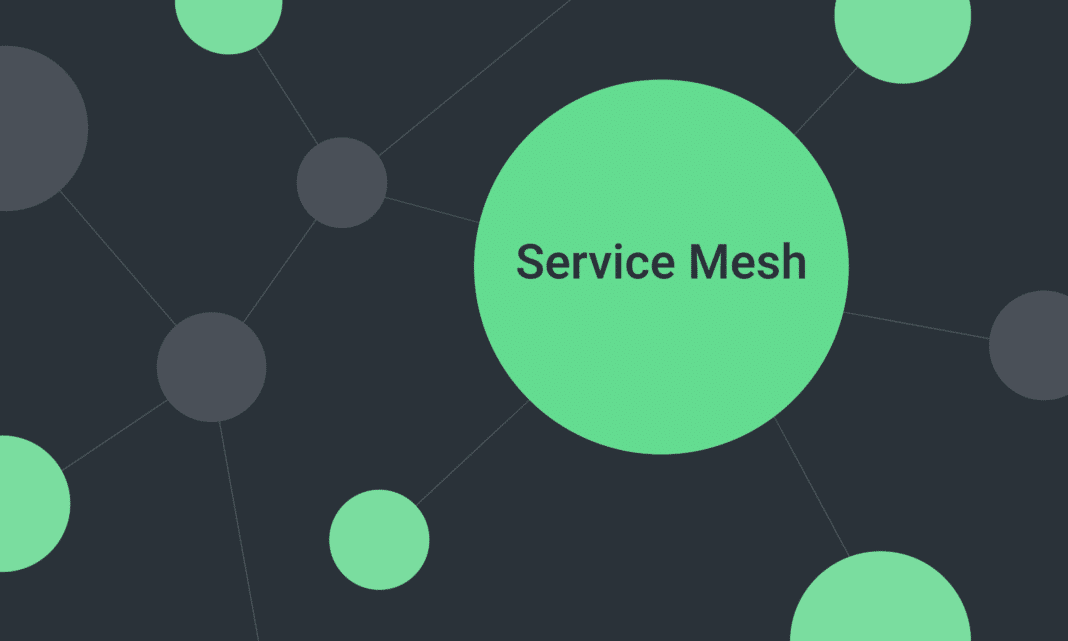Service meshes are a big topic of discussion amongst business owners and application developers. Some like them, while others remain on the fence. If you’re the latter, you’ll be interested to discover the top 5 benefits of using a service mesh as discussed below. By the end of this guide, you’ll be ready to add service meshes to your applications and take your business to the next level.
How to Get a Service Mesh
The internet is home to many exciting service mesh products. These products are typically applied to microservice applications to manage network communication between the different services. This is great for the developers and the end users — which will be discussed in more detail soon.
As a developer, all you need to do is choose the service mesh platform that’s within your budget. Service meshes can vary in price, with some being free and others requiring you to pay an annual subscription.
Let’s discuss the top 5 benefits of using a service mesh in 2023.
1. Reduced Operating Costs
In the current economy, businesses and developers are looking to reduce operating costs from all angles.
The good news is that a service mesh can help you to reduce your operating costs. How? By automating time-consuming tasks such as load balancing and monitoring.
Best of all, you won’t have to worry as much about technical issues impacting your microservices (which can lead to cost damages and wasted time). The service mesh will automatically detect microservice issues and perform the right action to fix them, such as redirecting traffic.
2. Happier Developers
The job of an application developer can be very difficult in the age of microservices, as it can involve writing long pieces of code. However, life is now becoming much easier for developers thanks to service meshes that can automate certain tasks.
For example, rather than having to code third-party components into each microservice, developers can sit back and hand it over to the service mesh. In this case, the service mesh enables you to use a service proxy for each component, so there’s no need for those long hours spent writing code!
3. Stronger Security
Service meshes can quickly detect security threats before they become major problems.
Let’s say that a microservice within an application starts behaving weirdly (e.g., by communicating with services it isn’t supposed to communicate with). This could be a red flag that a hacker is trying to tamper with the system, where you (the developer) can step in and dive into what the threat is.
4. Excellent Traffic Management
Next, service meshes enable you to control the flow of traffic across your different services efficiently. This is great; you won’t need to worry about traffic overload and application downtime anymore. Now that alone is worth celebrating.
5. Microservice Analysis
Finally, because your service mesh will be the glue holding all of your microservices together, it makes analysis of your microservices very easy. The service mesh will provide you with all the data you need regarding how your microservices are performing, with particular metrics (such as error counts) being especially useful. As a result, you can continuously improve your microservices and ensure your end-user experience remains as nearly flawless as possible.





